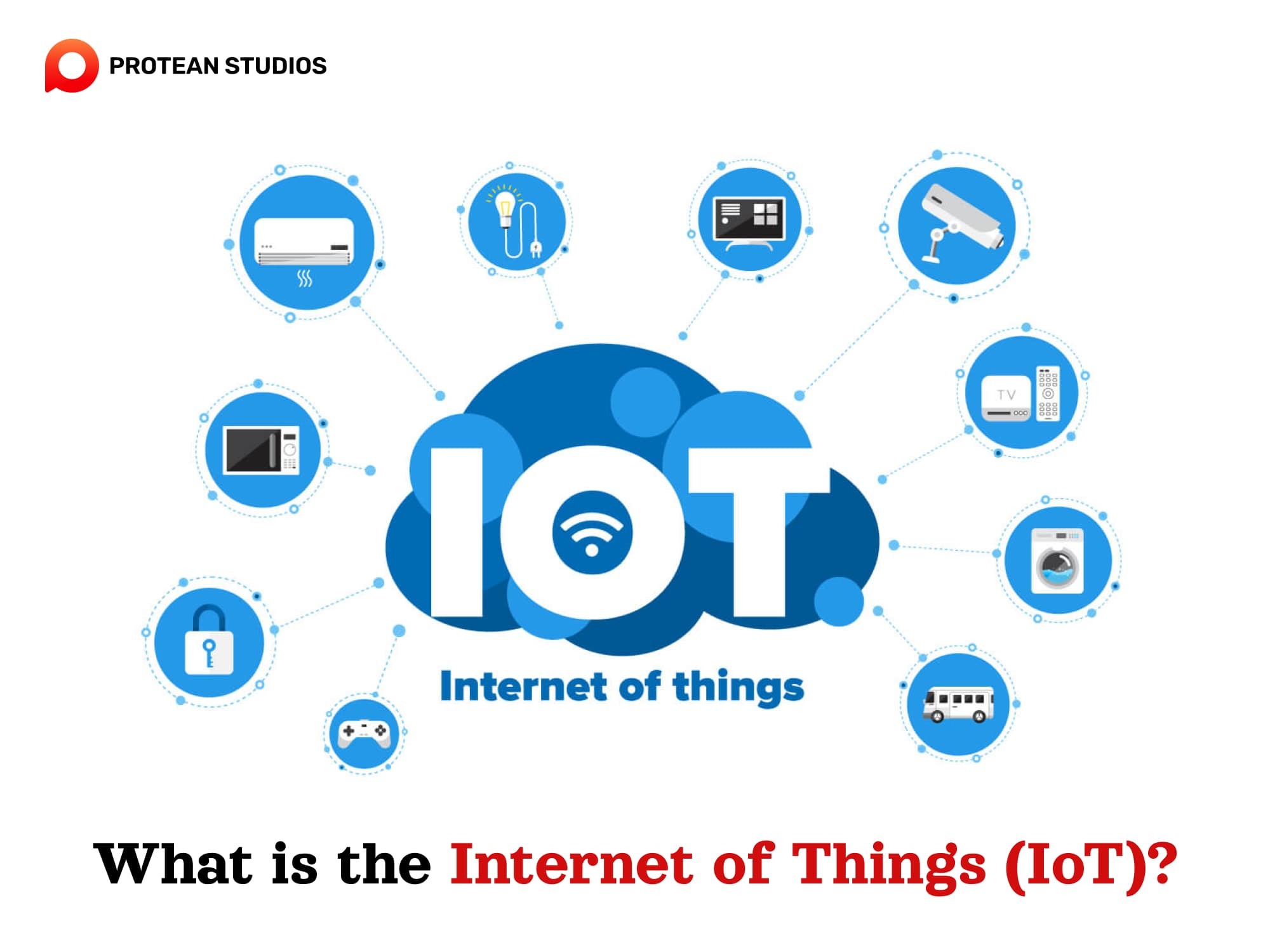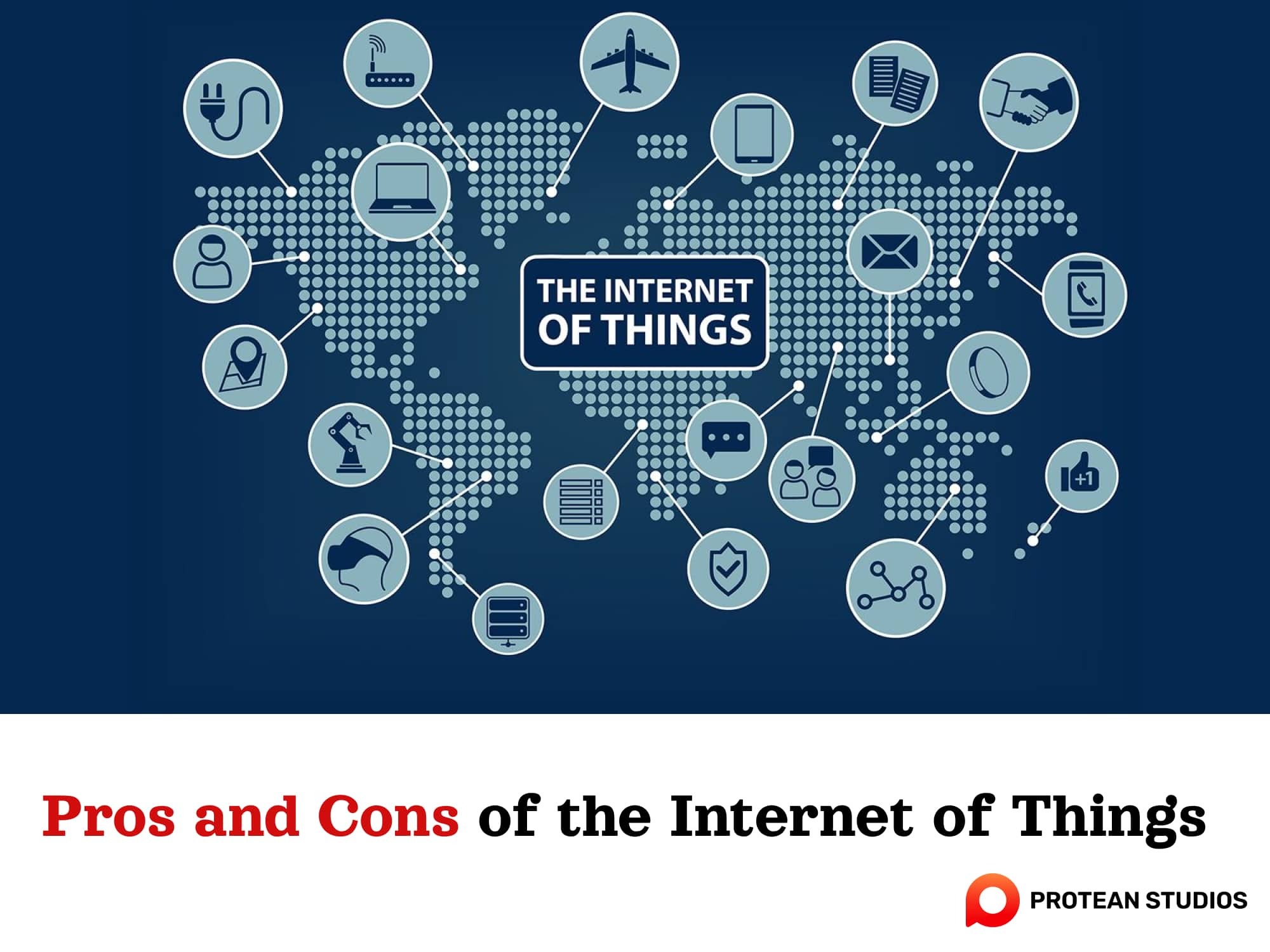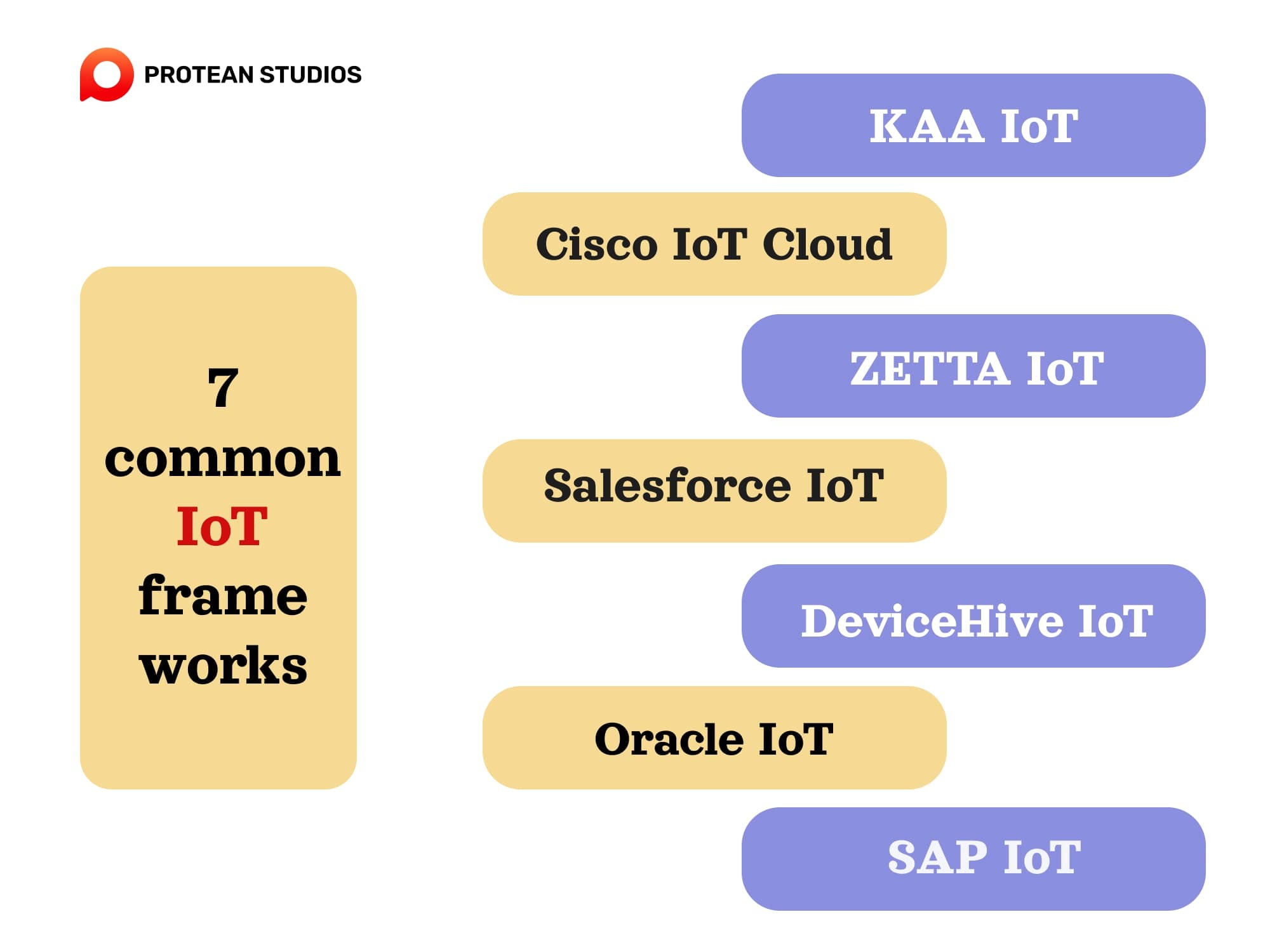In our tech-driven world, the Internet of Things, or IoT, is making waves that help our lives more efficiently and are changing the way we interact with the world. But what is it exactly? In this quick guide, we'll delve into the essentials of IoT, from what it is to how it's shaping our daily experiences.
I. What is the Internet of Things (IoT)?
The Internet of Things (IoT) is a network of interconnected devices and objects that communicate and share data over the Internet. Everyday items equip these devices with sensors, software, and connectivity. It enables these devices to collect and exchange data, providing real-time information, automation, and improved efficiency in various aspects of daily life, industry, business, and beyond.

IoT creates a seamless network where physical objects become "smart" by connecting to the Internet and interacting with each other. The goal is to enhance functionality and generate valuable insights.
II. How does the IoT work?
The IoT works by connecting everyday devices to the internet. These devices have sensors that gather information, like temperature or movement. Following that, a central hub (often in the cloud) will receive and analyze the data. Based on this analysis, the system can make smart decisions or take actions, like adjusting a thermostat or alerting you through a phone app.
Finally, users can interact with IoT systems through user interfaces, such as mobile apps or web dashboards. This allows them to check device status, receive alerts, and sometimes control IoT devices. It's all about making devices "smart" and allowing them to communicate to make our lives more convenient and efficient.
Read more: Top 10+ Latest Software Development Trends In 2023
III. Pros and Cons of IoT
The Internet of Things is a smart system that makes managing work easier and faster. Here are some pros and cons of using IoT, like.

1. Advantages
IoT has many benefits that support more humans, as shown below.
It can improve efficiency and productivity by automating tasks and processes. As a result, it reduces human errors and optimizes resource use.
The IoT helps enhance customer satisfaction and loyalty by providing personalized services, feedback, and recommendations.
This application can enable innovation and creativity by creating new business models, products, and services that leverage data and insights from IoT devices.
It helps foster social and environmental benefits by improving safety, security, health, education, and sustainability.
2. Disadvantages
Some of the cons of IoT are:
Introducing more devices, networks, and protocols in IoT often increases complexity and vulnerability, requiring management, updates, and security measures.
It can raise privacy and ethical concerns by collecting, storing, and analyzing large amounts of personal and sensitive data.
It may create legal and regulatory challenges by involving many stakeholders, jurisdictions, and standards. These cause conflict or differ across regions and sectors.
IV. Top 7 common IoT frameworks
IoT frameworks are software platforms that enable the development, deployment, and management of IoT applications and devices. Here are some of the most popular IoT frameworks on the market.

1. KAA IoT
KAA IoT is an open-source, cloud-native, and end-to-end IoT platform. It supports various protocols, edge computing, machine learning, and digital twins. This framework allows users to create IoT solutions for various domains, such as smart homes, industrial automation, healthcare, and agriculture.
2. Cisco IoT Cloud
Cisco IoT Cloud is a comprehensive suite of cloud services that helps users connect, secure, and manage their IoT devices and data. It offers solutions for device provisioning, remote access, data ingestion, edge computing, and analytics.
3. ZETTA IoT
Zetta is a platform designed for servers. Developers build it based on REST, NodeJS, and the Siren hypermedia-API-strip philosophy. It takes a flow-based reactive programming approach. Once turned into REST APIs, it connects with cloud services. These online services help visualize machine analytics and offer strong support.
4. Salesforce IoT
Salesforce IoT is a cloud-based platform that integrates Internet of Things data with Salesforce CRM and other applications. It enables users to create rules, workflows, and actions based on IoT events and triggers. Salesforce IoT also provides dashboards, reports, and insights to check and optimize IoT performance.
Related article: IoT In Project Management: Benefits And Applications
5. DeviceHive IoT
DeviceHive IoT is an open-source and cross-platform IoT framework that supports MQTT, CoAP, and WebSocket protocols. It provides a device management service, a data processing service, a cloud service, and a web dashboard. This framework also supports integration with Apache Kafka, Spark, Cassandra, and Hadoop.
6. Oracle IoT
Oracle IoT is a cloud-based platform that connects, analyzes, and integrates IoT data with enterprise applications. It offers solutions for device virtualization, data enrichment, stream analytics, machine learning, and digital twin modeling.
Besides, it provides a versatile platform that presents excellent opportunities for businesses to develop applications. The Oracle environment supports extensive data processing and facilitates the creation of large-scale IoT networks.
7. SAP IoT
The SAP IoT cloud platform has all the necessary tools to construct and manage an IoT application. Within the SAP environment, you have a user-friendly space to oversee and control all devices linked to your IoT system. Whether connecting devices or through cloud services on the SAP Platform, it offers flexibility. It provides capabilities for device connectivity, data ingestion, analytics, business process integration, and application development.
V. Wrap-up about the Internet of Things
In short, the Internet of Things is not a trend; it's a transformative force that makes our world smarter and more connected. The continuous evolution of the IoT promises to redefine how we live and work. It presents new opportunities and ushers in a future where the IoT becomes an integral part of our global landscape.




